Foto's: de prachtige metrostations van Moskou zijn 'paleizen voor de gewone mensen'
Cultuurwoensdag, 28 oktober 2015 om 10:16

Toen Josef Stalin in de tweede helft van de jaren twintig aan de macht kwam, was er nauwelijks openbaar vervoer in het almaar uitdijende Moskou. In drie jaar tijd werd uiteindelijk een metronetwerk uit de grond gestampt. In het voorjaar van 1935 ging de eerste metro rijden langs dertien stations. Het metrosysteem was op zichzelf een vorm van communistische propaganda. Overal hingen foto's van Stalin en de stations waren prachtig verlichte zalen. Het idee was dat de mensen in de ondergrondse stations op keken tegen Stalin boven de grond. Stalin noemde het 'paleizen voor gewone mensen'. Hij wilde laten zien dat het belastinggeld goed werd besteed. In 1991 stortte de Sovjet Unie in, maar 9 miljoen Russen maken nog steeds gebruik van de 200 metrostations. Het is een van de drukste netwerken van Europa en het groeit nog steeds. In 2020 moet het metronetwerk van Moskou het grootste ter wereld zijn. is de eerste die foto's heeft gemaakt van de metrostations zonder dat er mensen zijn. Hij was een jaar bezig om toestemming te krijgen om 's ochtends vroeg vóór de eerste metro vertrekt te mogen fotograferen. Hieronder een aantal van zijn mooiste foto's:
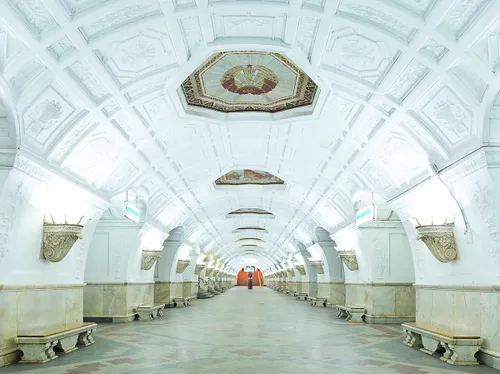
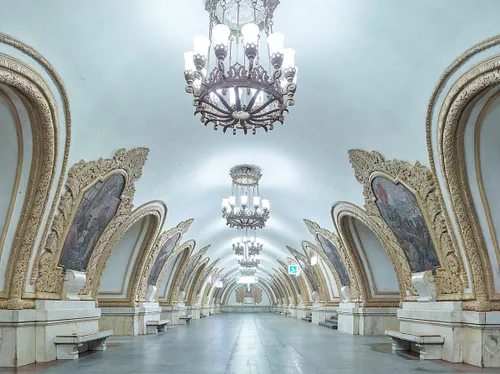
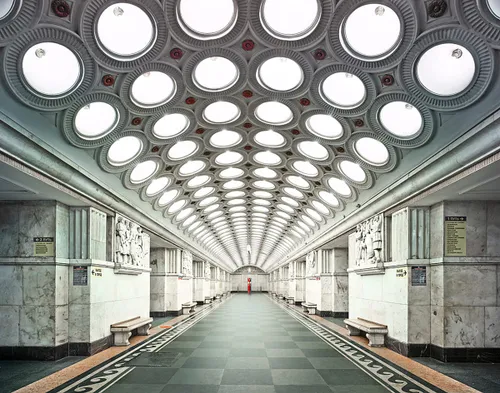
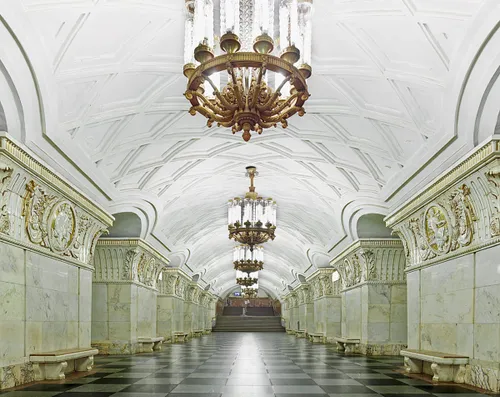
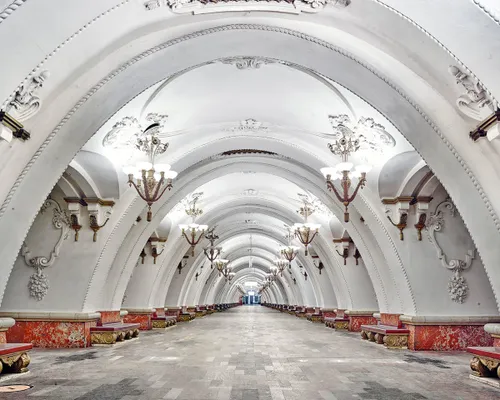
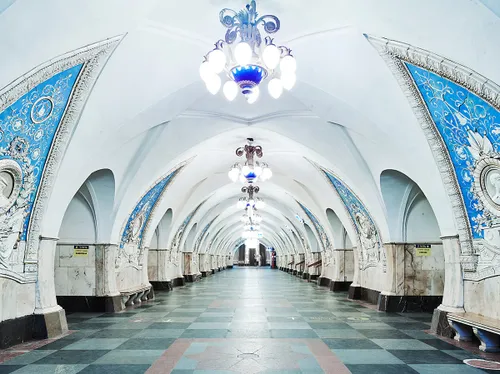
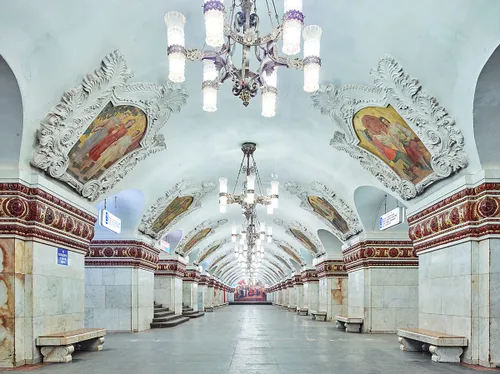
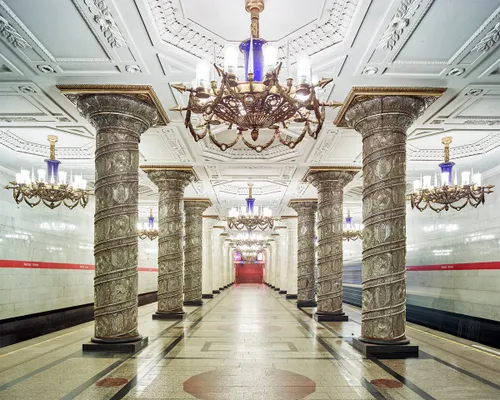
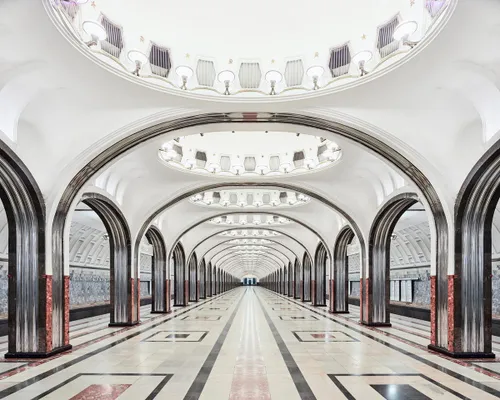

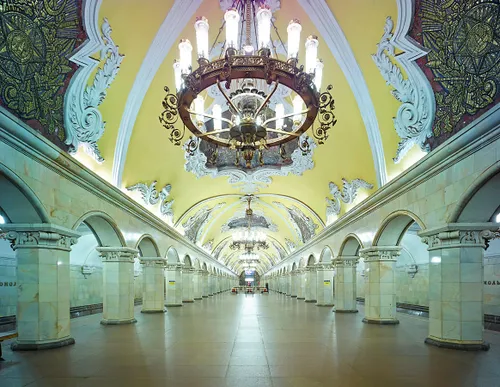
Bron(nen): Business Insider
POPULAIR NIEUWS
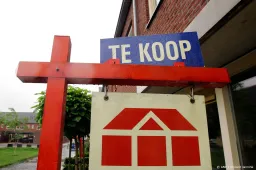
Huizenmarkt koelt af: “Je voelt dat er iets aan de gang is”

Man eet hamburger en sterft uren later. Dit is waarom
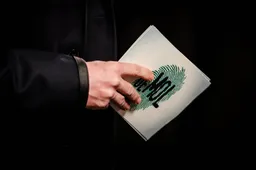
Deze kandidaat heeft in Wie is de Mol? verreweg het minste geld verdiend

7 alledaagse boodschappen die een voedingsdeskundige zelf nooit in haar keuken toelaat

Poolhitte breekt opnieuw records: “Het hele concept winter wordt geherdefinieerd”

Trumps stafchef Susie Wiles zegt dat de president “een alcoholistische persoonlijkheid” heeft
Loading